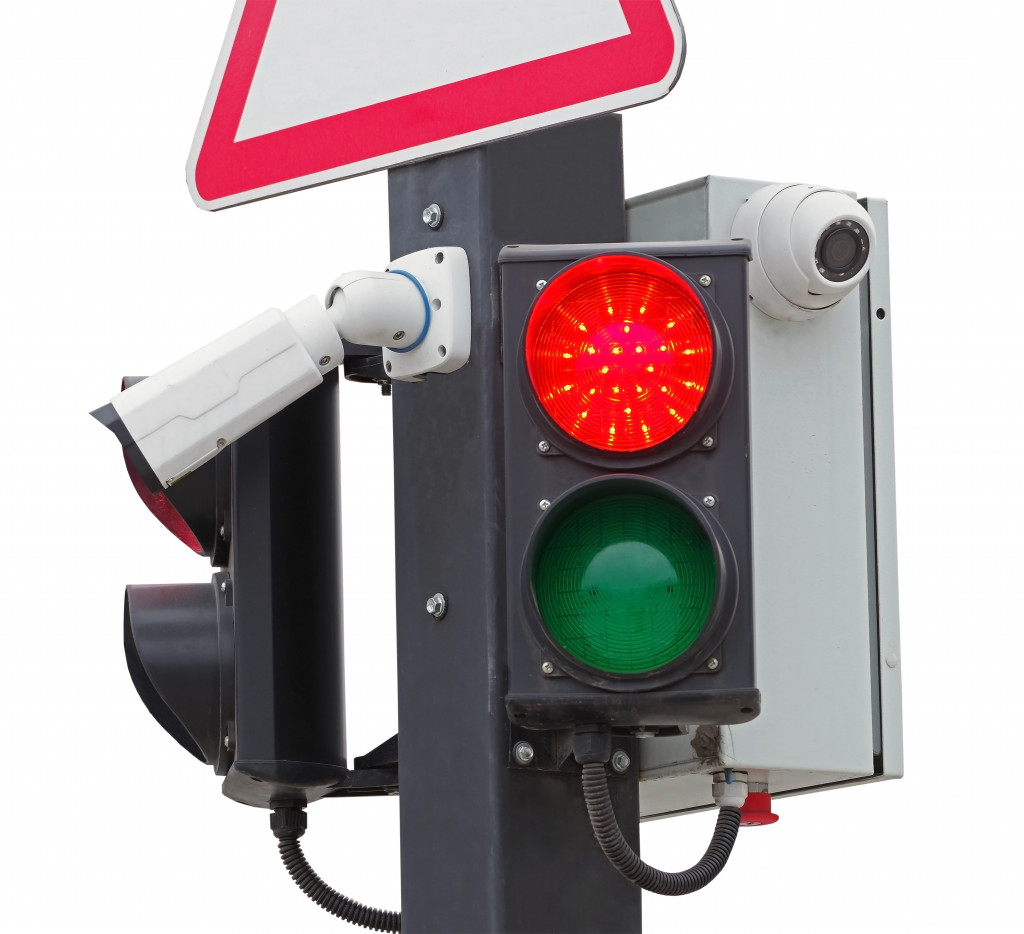- Signal lights ensure the safety of roads by providing a visual cue of when to stop and go.
- Emergency lighting systems provide illumination in case of power outages or natural disasters, enabling occupants to navigate affected areas safely.
- Fire extinguishers can help mitigate the impact of fires in residential, industrial, and commercial buildings.
- First aid kits are essential for immediate medical care if professional help is unavailable.
Safety is paramount in any community. To ensure that everyone remains safe, it is essential to have the right equipment and resources available. A community can be better prepared for potential disasters or accidents with these resources. With the right tools and personnel available, a community can feel secure knowing they are protected from harm’s way.
Signal lights

Reliable signal lights are an invaluable piece of safety equipment in any community. They allow drivers, pedestrians, and cyclists to identify when it’s safe to engage in different activities on a roadway. By providing a visual cue of when to stop and go, signal lights limit collisions and maximize efficiency while maintaining the safety of local roads.
Using signal lights is essential for preventing auto accidents, particularly when crossing multiple lanes at once or where traffic has limited visibility. Additionally, the presence of signal lights encourages road users to take responsibility for their safety by following the rules regarding yielding and moving cautiously.
Emergency equipment
Here are some of the emergency equipment needed by communities:
Emergency lighting systems
Emergency lighting systems are critical safety equipment for many communal areas, illuminating during power outages or natural disasters. These systems are designed to activate automatically if the primary lighting fails, allowing occupants to see where they are going and prevent potential unsafe conditions or hazardous situations.
Emergency lights can run on batteries, uninterruptible power sources (UPS), or an independent generator to remain operational even with a compromised power supply. Having emergency lighting affected areas equipped is essential for keeping everyone safe and should be part of any risk management plan.
Fire extinguishers

Fire extinguishers are an indispensable piece of safety equipment every community needs. They help mitigate the impact of fires in residential, industrial, and commercial buildings by using chemicals or water to prevent smaller fires before they catch and spread. Fire extinguishers come in various sizes, from light and portable units to large wheeled models suited for more extensive facilities.
Each type offers added protection for its premises, particularly those containing flammable material such as fuel or paper. Fire extinguishers are vital for any building as they provide a critical first line of defense against a raging inferno. Moreover, with the proper training, an individual can successfully navigate an emergency and help keep their family, workplace, or neighborhood safe from harm caused by flames.
First aid kits
First aid kits are essential pieces of equipment when it comes to ensuring safety in the community. It is a pre-assembled collection of medical supplies to provide primary medical treatment in an emergency. Items typically found in first aid kits include bandages, antiseptic wipes, alcohol swabs, cotton swabs, gauze pads, tweezers, and scissors.
A first aid kit is invaluable for providing immediate medical care when professional help is unavailable, allowing for quick action to be taken against injury or illness. Families and organizations need to maintain a well-stocked and up-to-date first aid kit to ensure that they have the necessary tools on hand when needed.
Alarm systems
Alarm systems are an invaluable piece of equipment for providing safety in any community. An alarm system consists of a control panel, sensors, and other devices that alert authorities of an intrusion or emergency. Having an alarm system installed also deters would-be criminals as it means they cannot break into homes and businesses without first triggering the alarm and alerting the property owner and local law enforcement of their presence.
Furthermore, it is essential that all alarms are tested regularly to ensure they remain functional and that they comply with fire safety regulations to protect against potential hazards. To reduce the risk of false alarms, many systems now have advanced features such as built-in video surveillance and two-way audio, allowing users to communicate remotely with designated contacts in an emergency.
Panic buttons or duress alarms
Panic buttons or duress alarms are essential safety equipment that can help protect a community from potential hazards. Even though they aren’t obvious, panic buttons are a simple and discreet way to alert authorities to an emergency without having to yell for help. They are handy for vulnerable people who may feel threatened or scared when faced with specific situations.
Panic button and duress alarm systems typically integrate multiple methods, including sound (e.g., a loud siren) and contactless technology (e.g., tracking of location via GPS), to quickly alert the proper authorities when something is amiss.
This makes it easier for first responders and law enforcement officials to react promptly to any potential danger. Nowadays, having panic buttons or duress alarms available, as a matter of course, is an essential part of creating safe and secure communities.
These are just some of the safety equipment and resources that every community should have on hand. By having these tools readily available, communities can be better prepared to respond to any potential hazards or disasters.







